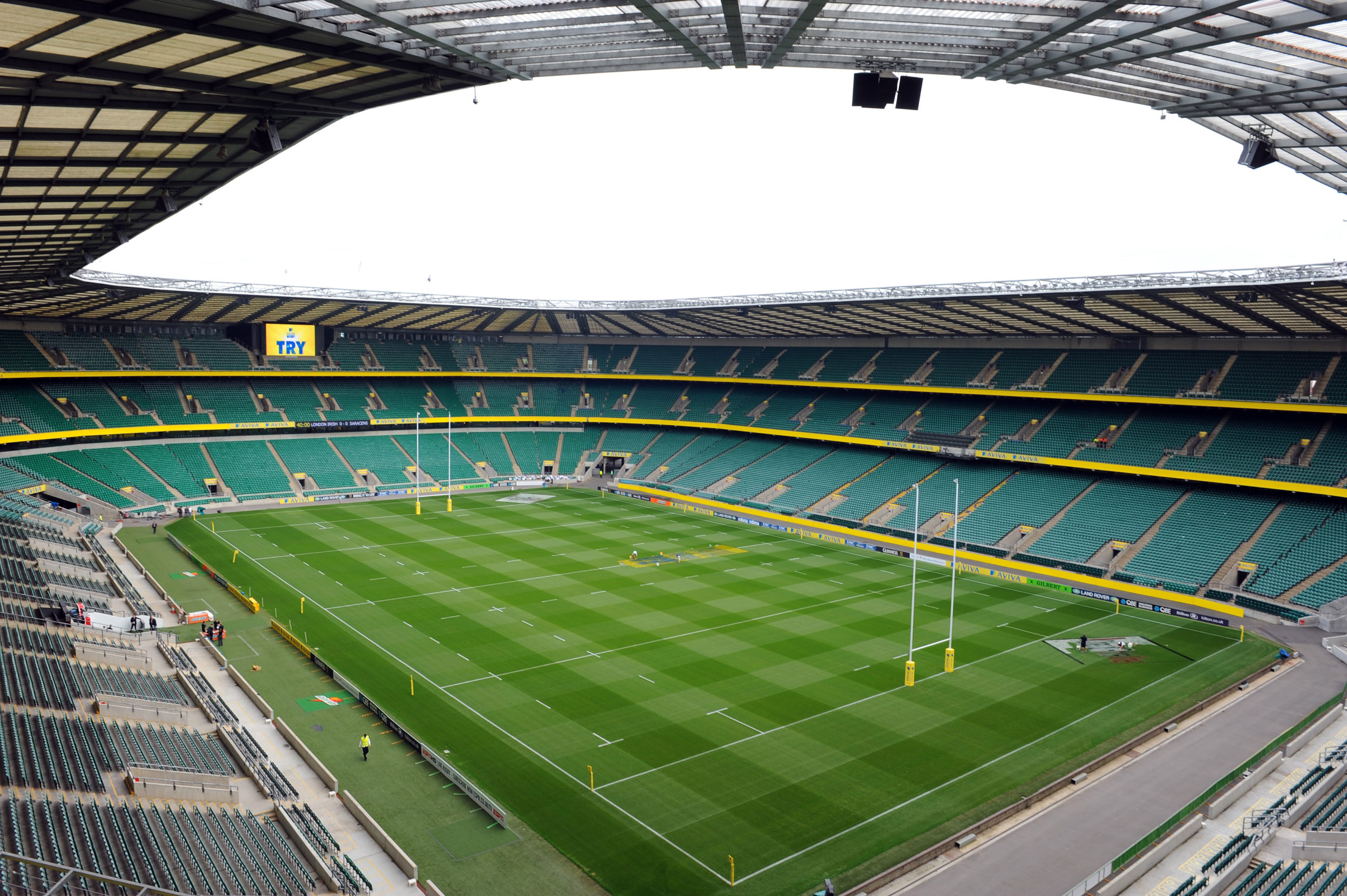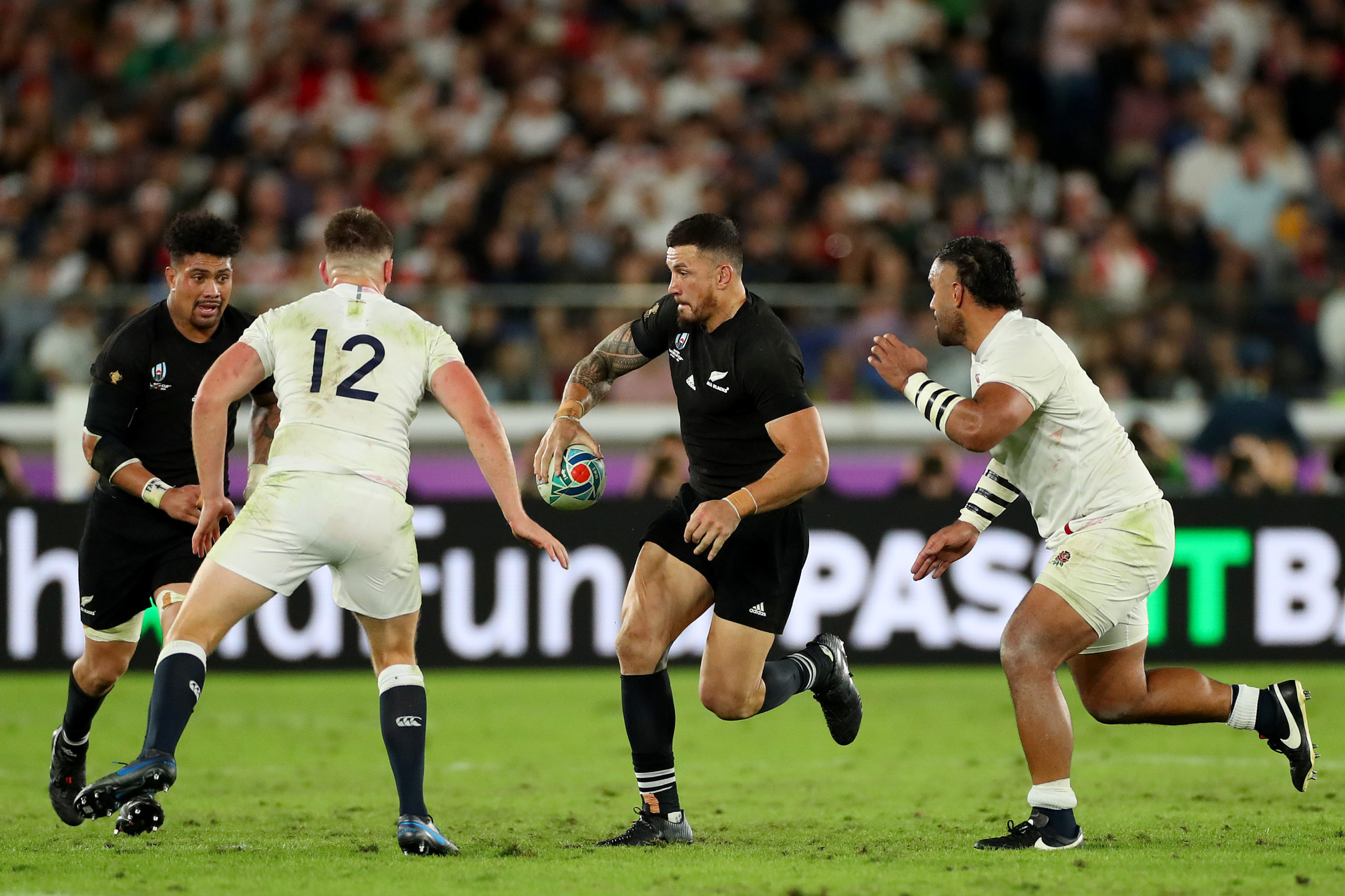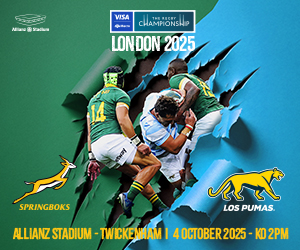
Rugby, the game of grit, glory, and guts, has seen its fair share of larger-than-life figures. These legends have not only shaped the game but have left an indelible mark on the hearts of fans and the pages of sporting history. With insights collated by the team at OddsMonkey, the home of matched betting, we take a look at some rugby legends whose legacies continue to inspire players.
1. Jonah Lomu (New Zealand)
No list of rugby legends would be complete without mentioning Jonah Lomu, the man who revolutionised the game in the 1990s. Standing at an imposing 6’5″ and weighing around 120 kilograms (or roughly 265 pounds), Lomu was a force of nature. His combination of sheer power and blistering speed made him a nightmare for defenders. Fans still talk about his iconic performance during the 1995 Rugby World Cup where he bulldozed through England’s defence, most famously running over Mike Catt in that jaw-dropping try.
But Lomu’s career was more than just highlight reels; it was about resilience. He battled a rare kidney disease, which ultimately cut his career short, but his impact remains unmatched. He was rugby’s first global superstar, bringing unprecedented attention to the sport.
2. Martin Johnson (England)
If there was ever a player who epitomised the word “leader,” it would be Martin Johnson. The lock forward was the backbone of England’s 2003 Rugby World Cup-winning team. Known for his no-nonsense approach, towering presence, and tactical acumen, Johnson led with a mixture of steely resolve and calm composure.
During the 2003 final against Australia, Johnson’s strategic decision-making and hard-nosed playing style kept England grounded and focused during one of the most nail-biting matches in World Cup history. Fans will forever remember the moment Jonny Wilkinson sealed the win with a drop goal in extra time, but it was Johnson’s leadership that steered the ship through the storm.
3. Brian O’Driscoll (Ireland)
For Irish rugby fans, Brian O’Driscoll isn’t just a name, it’s practically a national treasure. Widely regarded as one of the greatest centres to ever play the game, O’Driscoll combined flair, skill, and intelligence to dazzle opponents and thrill spectators. His career, spanning over 15 years, saw him achieve the record for most international tries scored by a centre and set benchmarks for caps and points that young players still aspire to match.
O’Driscoll’s performance in the 2009 Six Nations Championship stands out as a masterpiece, helping Ireland secure their first Grand Slam since 1948. He wasn’t just a playmaker; he was a tactician on the field, able to read the game and set the pace like few others. For BOD (as fans fondly call him), rugby was art, and he was its master painter.
4. Richie McCaw (New Zealand)
Mention the name Richie McCaw in New Zealand, and you’ll see people nod in reverence. The flanker, known for his almost superhuman endurance and tactical brilliance, captained the All Blacks to back-to-back Rugby World Cup victories in 2011 and 2015. McCaw was known not just for his physical prowess but also for his ability to read the game and stay one step ahead of opponents.
McCaw’s legacy isn’t just about winning; it’s about consistency and heart. He played through injuries that would sideline most, and yet he was always there, leading from the front, unyielding and fierce. The term “the most-capped rugby player of all time” isn’t just a title; it’s a testament to his relentless commitment to the sport.
5. Jonny Wilkinson (England)
If there’s one player whose name is synonymous with precision under pressure, it’s Jonny Wilkinson. His dramatic, last-gasp drop goal in the 2003 Rugby World Cup final against Australia is etched into rugby lore. But Wilkinson’s influence stretched far beyond that one moment. Renowned for his meticulous preparation, near-flawless kicking, and an obsessive drive for perfection, Wilkinson raised the bar for what it meant to be a fly-half.
Wilkinson’s career wasn’t without challenges, injuries plagued him and kept him off the field for stretches of time. But he made every comeback stronger than before, a testament to his character and work ethic. His retirement didn’t just mark the end of a playing era; it was like closing a chapter on one of rugby’s most revered books.
6. Serge Blanco (France)
Known as the “Pelé of rugby,” Serge Blanco was a magician on the field. His ability to inject creativity into the game from the fullback position made him a standout in an era when forwards dominated. Blanco was known for his electrifying runs, which kept defenders guessing and fans on the edge of their seats.
His crowning moment came during the 1987 Rugby World Cup semi-final against Australia, where he scored a last-minute try to seal victory for France. It was a try that showcased not just his athletic ability, but his unrelenting will to win. Blanco’s elegance, combined with a warrior’s spirit, made him one of the most beloved figures in French rugby.
Summary of Profiles of Rugby Legends
These rugby legends didn’t just play the game; they transformed it. From Lomu’s bulldozing runs to McCaw’s indomitable spirit, each player brought something unique, raising the stakes and redefining the limits of the sport.























You must be logged in to post a comment Login